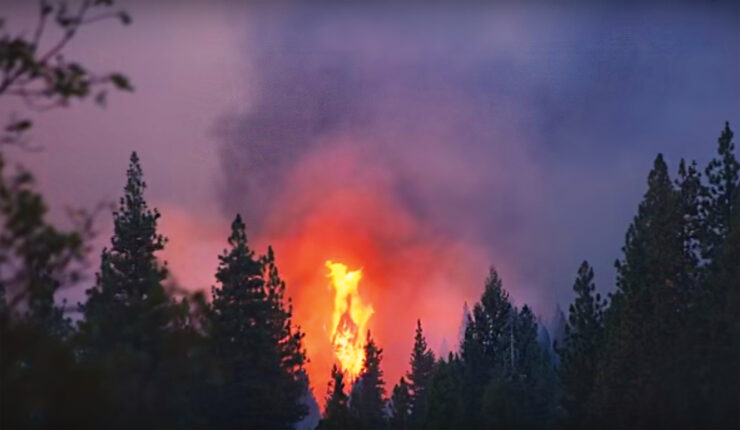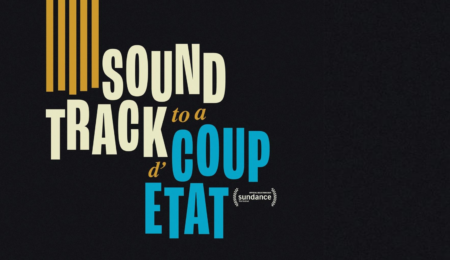The Prison in Twelve Landscapes offers new insight into an age old problem
No one takes a second look at prisoners once they’re out of the joint, and filmmaker Brett Story, director and writer of the 2016 documentary The Prison in Twelve Landscapes, is looking to change that.
On Feb. 2, the University of Ottawa’s Department of Criminology hosted Ottawa’s premiere of the award-winning documentary at Alumni Auditorium.
The film depicts the lives of convicted felons in a setting beyond their imprisonment. By looking at the issues facing 12 different communities across the United States, Story’s film delves into life outside of prison and its lingering effects on those who lived on the inside.
For example, while some communities, namely in Kentucky, craved prison expansion for jobs, others had had enough of the system. In Detroit, the audience meets a man who tells Story he had been incarcerated for 27 years, to which Story replied “you look young.”
The documentary is full of breathtaking cinematography with powerful footage of forest fires and urban decay in major cities like Detroit, easily making it enjoyable for art lovers and activists alike.
The unique narrative also manages to offer an outside perspective of life in jail with stories and interviews featuring people who are dealing with the consequences of having a criminal record.
These people include avid chess lovers who find it difficult to find a job in the formal labour market, prison firefighters who know that they have no hope of continuing their heroic work after serving their time, and family members of those imprisoned, who end up being victims of the system as well.
“The effects of incarceration don’t stop at the prison gates,” said Story. “So for people who are incarcerated they follow them all throughout their lives. They’re disenfranchised, they have a hard time finding work, or sometimes finding housing, so there’s a way in which the prison lives on in their lives even after they get released.”
While a lot of these problems originate in the United States, Story understands that Canada is no stranger to its own share of prison problems, and, during the screening’s Q & A session, she offered suggestions that could be applied to local infrastructures.
“The broad take away that I hope people get from this film is that prisons are used to resolve or to hide all sorts of other kinds of social problems, but they don’t actually make communities or people safer,” she explained.
In fact, speakers at the event recounted tales of the inhumane conditions currently being served at the Ottawa-Carleton Detention Centre, which is known for overcrowding, unnecessary cases of solitary confinement, a cell birth which ended in death, unsanitary cells, and violence against inmates.
“I know there’s an issue of overcrowding (in Ottawa), and one temptation might be to build more prisons. And I think that’s really dangerous,” said Story.
“If there’s overcrowding it means we’re putting too many people inside … (and we need to ask ourselves) how is the prison being used to hide social problems that would be better solved with more money to our health-care system or with a guaranteed minimum income or with an increase in social housing?
“If we solved those social problems then maybe we wouldn’t have to warehouse people inside of prisons.”
The Prison in Twelve Landscapes has won multiple film awards and is nominated for Best Canadian Feature Documentary at the 2017 Canadian Screen Awards on March 12.





